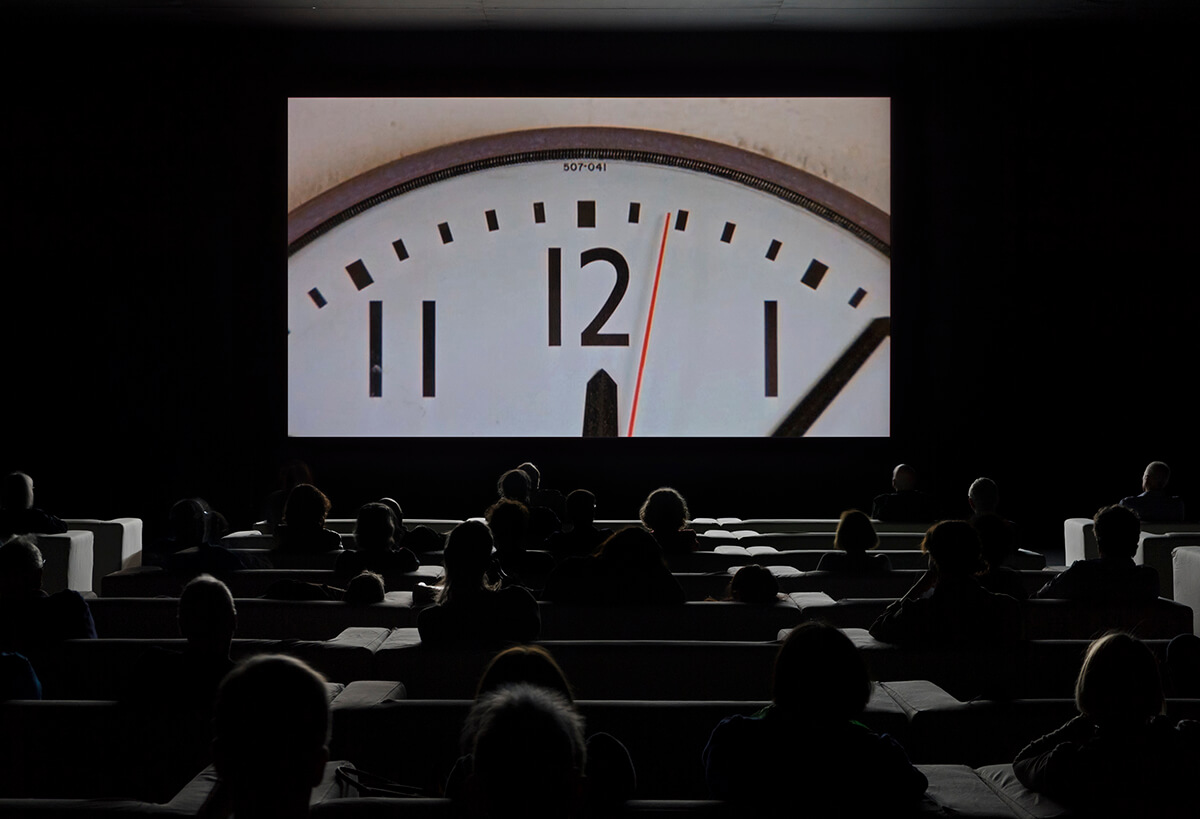
Christian Marclay “The Clock”, Installation View. Tate Modern
Frieze art fair might be over, but London’s still the top destination for art this month, says Digital Editor Millie Walton. Here are five exhibitions that you should see… and one that’s not worth the hype
1. Christian Marclay: The Clock, Tate Modern
Christian Marclay‘s epic 24 hour film made up of movie scenes which correspond exactly with the actual time is a masterpiece. Clear your schedule and settle in for the long haul, the more you watch, the more addictive it becomes. If you want the full experience, there are a handful of 24 hour screenings in which you can watch the film from start to finish, and leave with an acute awareness of the rhythm that dictates our lives.
Until 20 January 2019 at Tate Modern

Installation view of Richard Wilson, 20:50, (1987) at “Space Shifters”, © copyright the artist, courtesy Hayward Gallery 2018. Photo: Mark Blower
2. Space Shifters, Hayward Gallery
Some might recall staggering around the Hayward Gallery back in 2015, wearing Carsten Höller‘s goggles that flipped your view upside down? This is another perception-warping exhibition featuring work Richard Wilson’s 20:50 oil room (as seen in the old Saatchi Gallery) and various mirrors that reshape your silhouette beyond recognition. Be warned you might leave a little shaky-legged and light-headed.
Until 6 January 2019 at Hayward Gallery
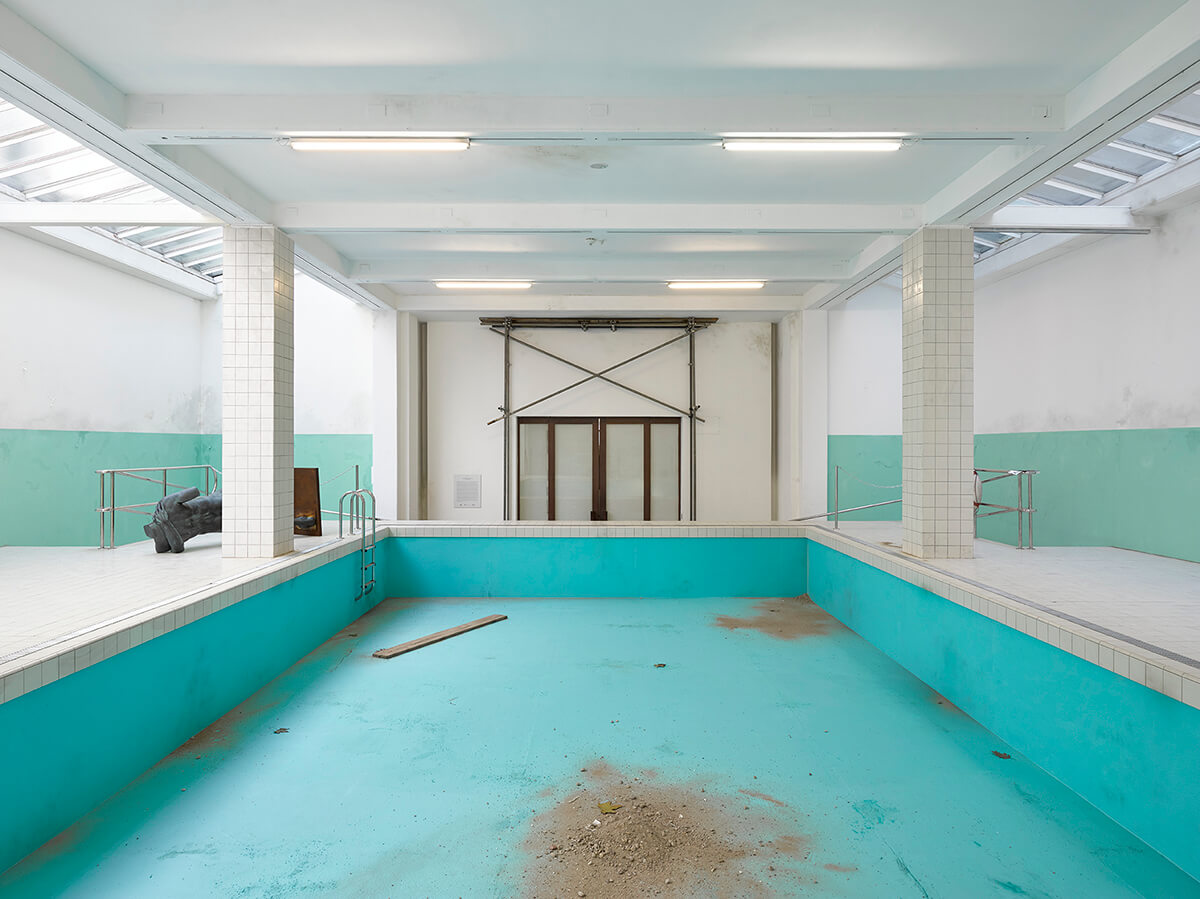
Elmgreen & Dragset’s fictional swimming pool at Whitechapel Gallery
3. Elmgreen & Dragset: This is how we bite our tongue, Whitechapel Gallery
For their latest exhibition, the notorious Berlin-based art duo has built an entire swimming pool inside Whitechapel Gallery and given it a fake history that dates back to 1901. As usual, the work is filled with fun and subversion. The most striking piece is of a little boy staring up at a framed gun on the wall as if in awe, reminding us of how firearms are frequently glamorised and easily obtained by children in many countries.
Until 13 January 2019 at Whitechapel Gallery

Doris Salcedo, “Palimpsest” 2013 – 2017. Concrete, water and hydraulic system. © the artist. Photo by Patrizia Tocci. Courtesy White Cube
4. Doris Salcedo, White Cube Bermondsey
Colombian sculptor Doris Salcedo‘s latest exhibition is a powerful and moving examination of “old news” and enduring pain. The ground is scrawled with the names of refugees and migrants who have died and been forgotten, whilst tables have been broken apart and reassembled, showing the scars to represent rape victims who have been left broken by abuse.
Until 11 November 2018 at White Cube Bermondsey

Mika Rottenberg, “ Mary’s Cheries”. Single-channel video installation. Courtesy of the artist and Julia Stoschek Foundation. Installation view: Goldsmiths CCA, 2018. Image credit: Andy Keats, 2018
5. Mika Rottenberg, Goldsmiths Centre for Contemporary Art
The gallery’s inaugural exhibition is a mad explosion of imagery, texture and objects, exploring the inequalities of our global economy, in particular female production lines. In one film a woman sneezes out noodles while watering a pair of feet. It’s bewildering and a lot of fun.
Until 4 November 2018 at Goldsmiths Centre for Contemporary Art
MISS: Yayoi Kusama – The Moving Moment When I Went To The Universe, Victoria Miro
No doubt you’ve seen the pictures on Instagram of the Japanese artist’s latest psychedelic installation. You might even have considered booking a ticket (after all, if everyone’s posting about it, it must be good), but your time can be better spent (see above). This is an exhibition made for social media – it’s superficial and neatly branded right down to giant, spotted pumpkins – one can’t help but feel that the sole purpose of it is to look good. You’ll get the pic but you won’t be moved.
Until 21 December at Victoria Miro Gallery
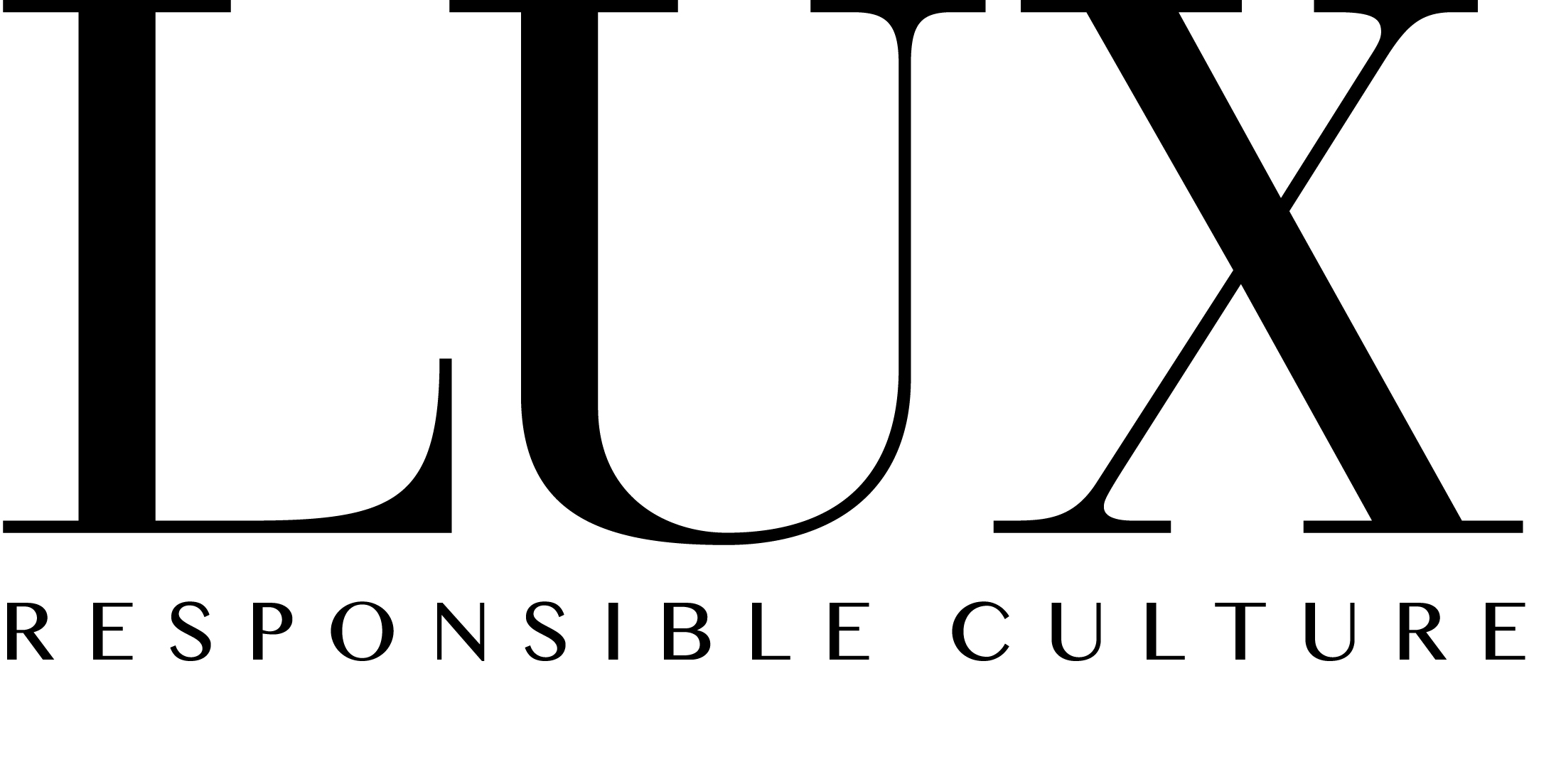
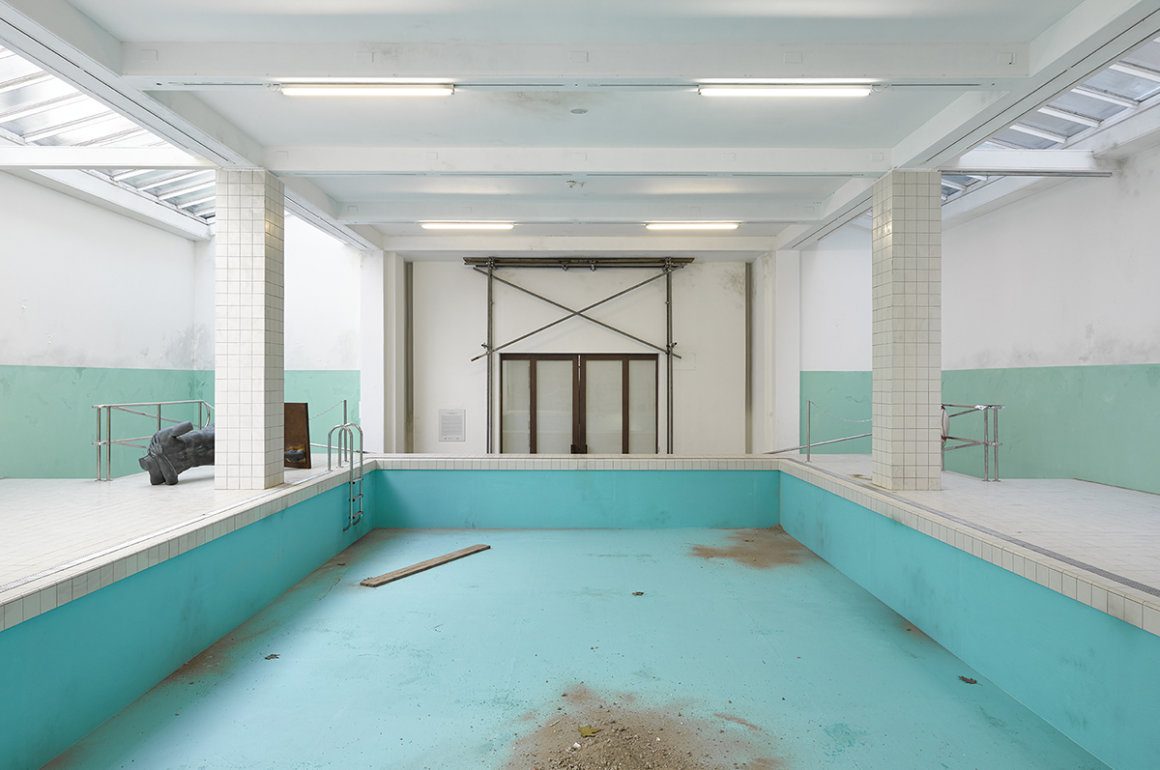
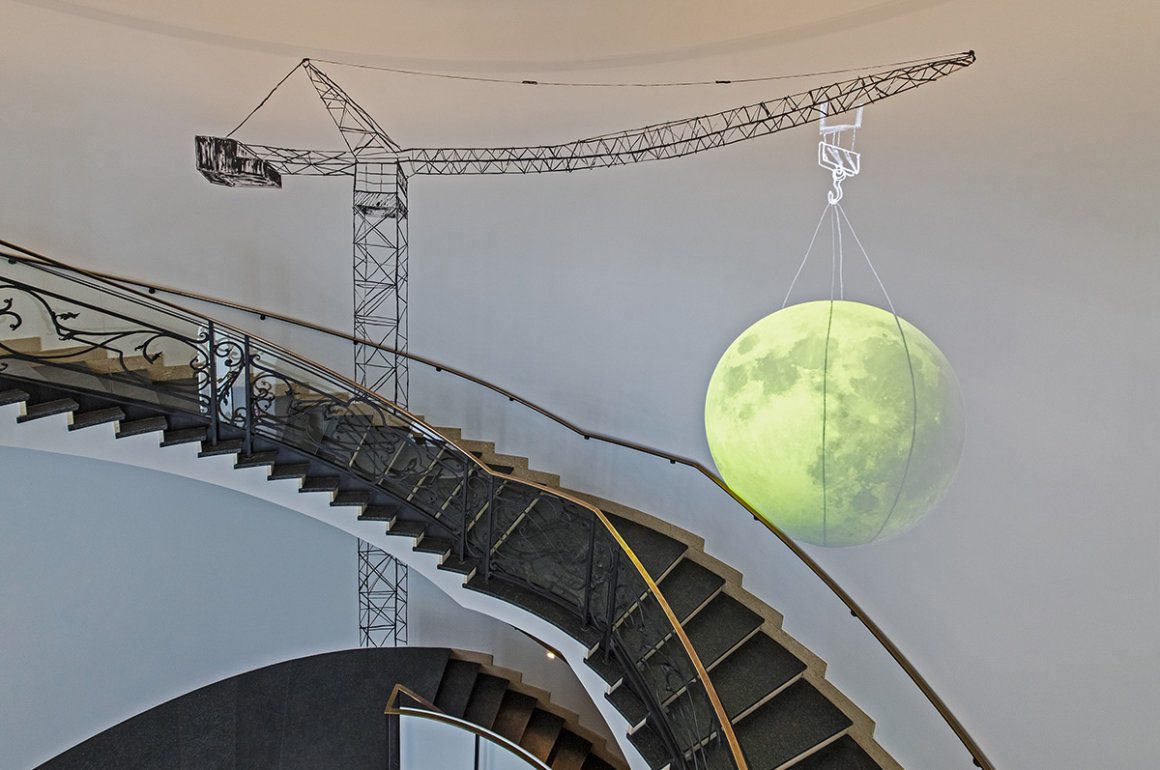

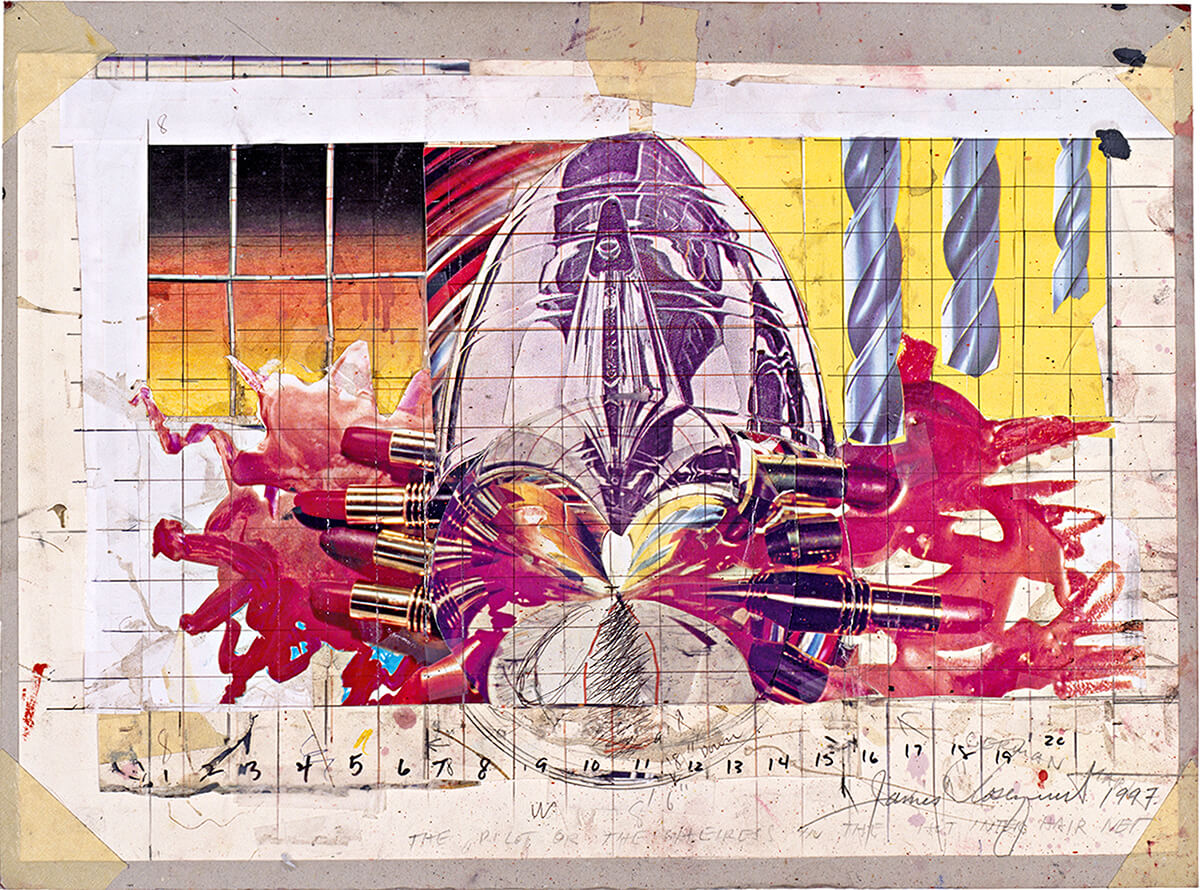
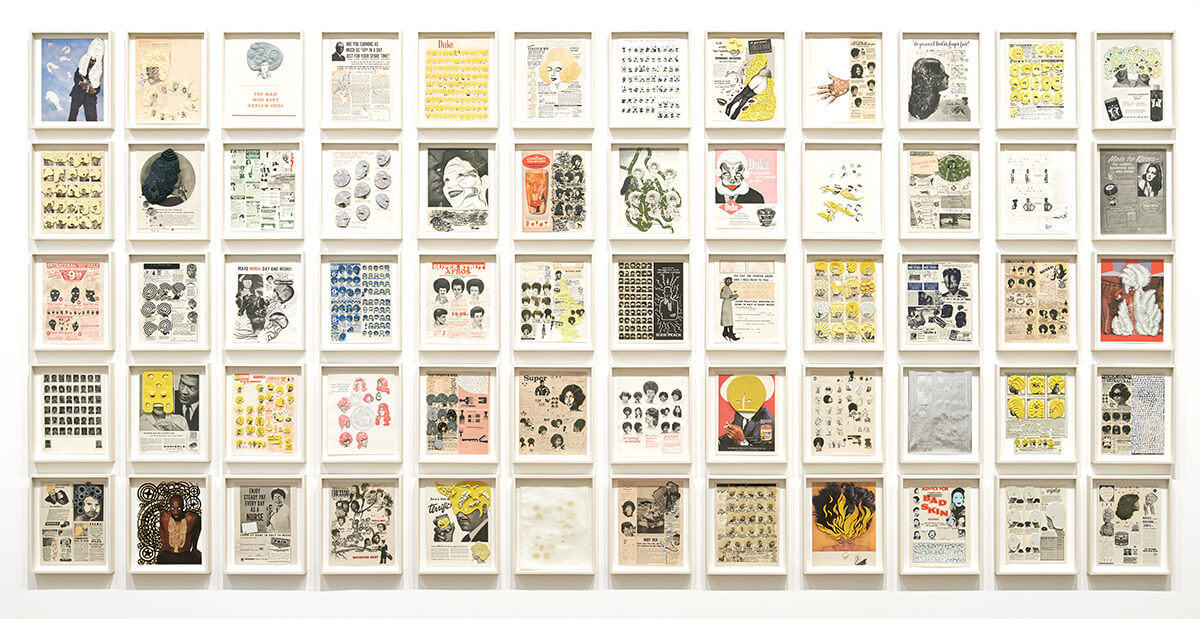
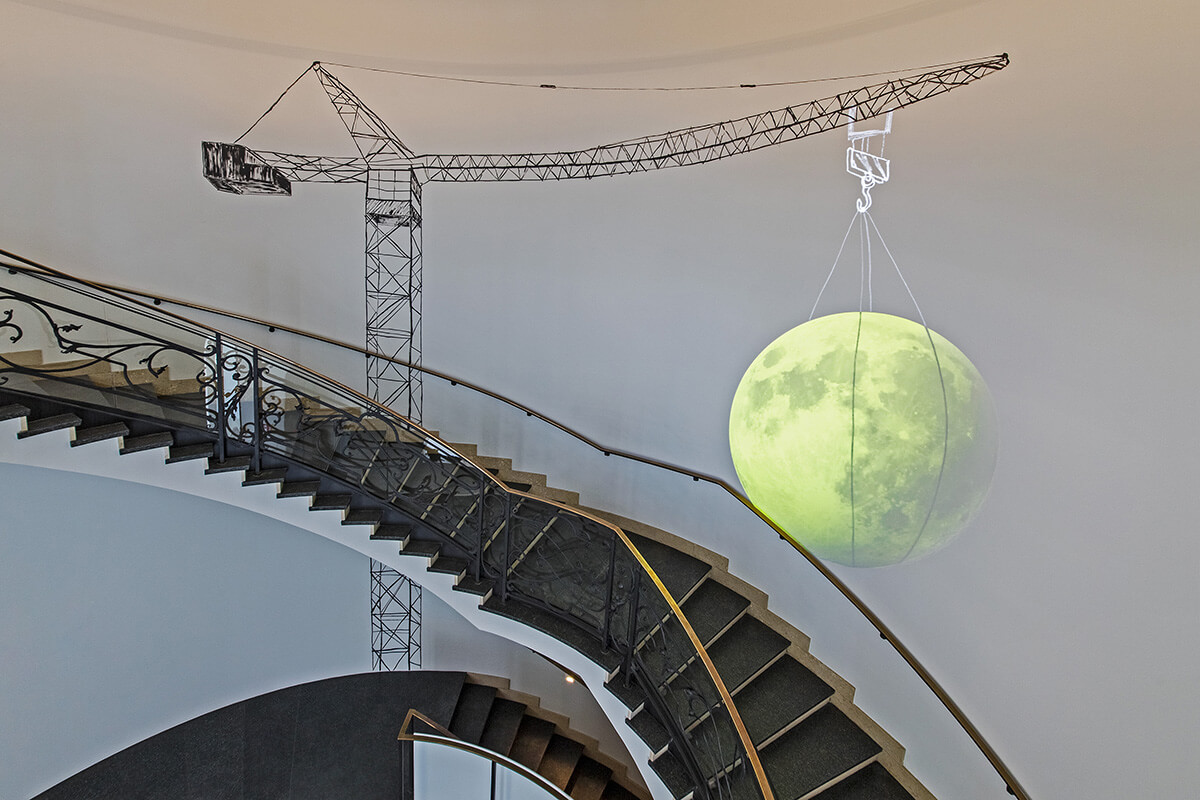





Recent Comments